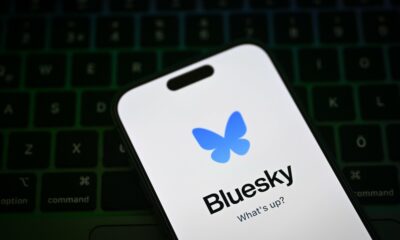EMAIL MARKETING
4 Ways Instagram and Email Marketing Can Work Together
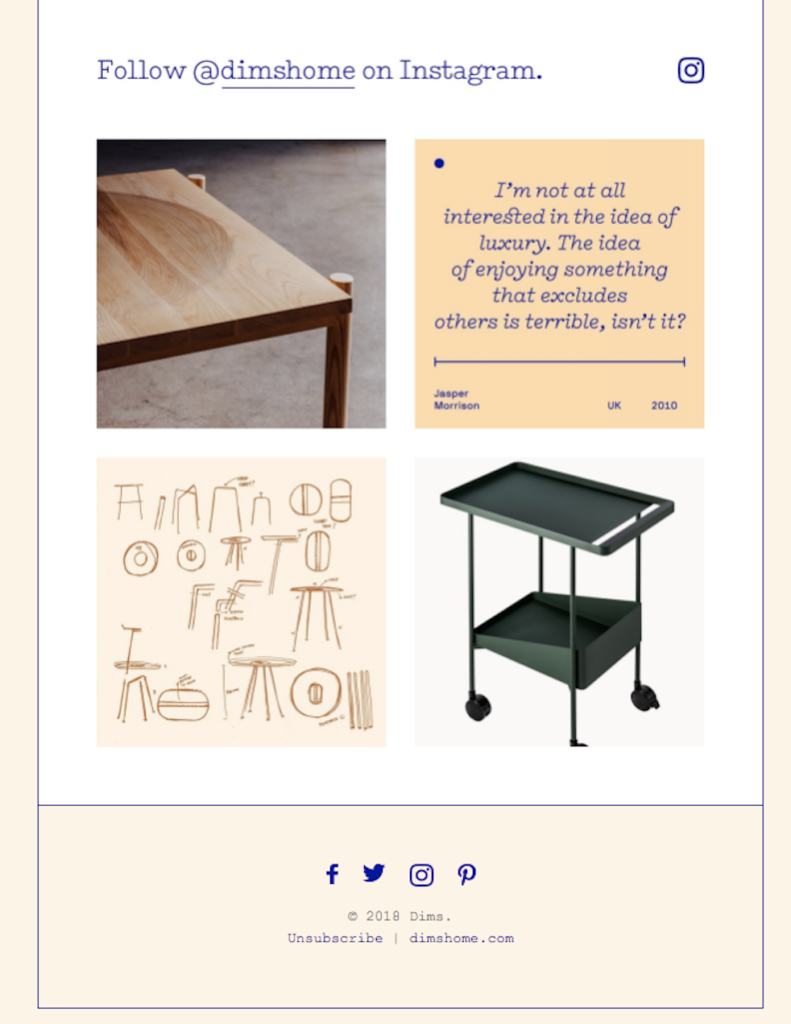
When you’re just starting a business, Instagram might be the first platform you think of to help build your brand — it’s unbeatable in terms of growth and brand discovery.
But as your brand gets bigger, you’ll realize that it shouldn’t just be all about the likes, follows, and views. You have to find a way to speak to your customers directly; you have to get into their inbox.
Why? Because on social media, you’re relying on algorithms and timing to get your message across. But with email marketing, your message will be hand-delivered. For optimal success, your marketing strategy must include both.
But how do Instagram and email marketing work off one another? The answer may not be so clear, so we’ve listed four of the best ways to bring your Instagram and email marketing together. Let’s dive in.
1. Flaunt Your Feed
A lot of effort goes behind creating an Instagram feed that’s on-brand, so why not promote it on other channels, such as your email list? People enrolled in your email marketing are already engaged. They’re customers and potential customers who may not be following you on Instagram just yet, but you know that they want to see more content from you (because why else would they opt-in to your email marketing?)
Most companies would have a standard social media follow button placed on each newsletter’s footer, but this may not be enough to capture attention. Instead, include a snapshot of your Instagram feed in your welcome emails. Welcome emails have an average open rate of 50% — 86% more than a standard newsletter. Take advantage of this and use it as a chance to promote your Instagram profile for added exposure.
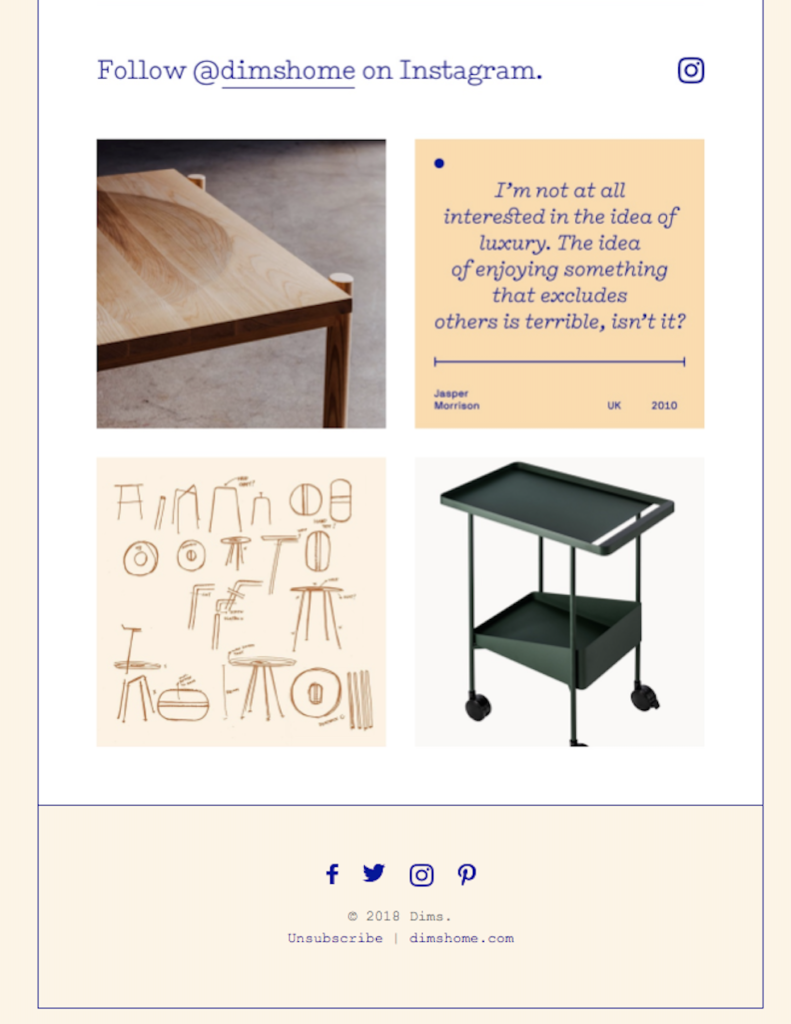
As part of their welcome email, Dims (@dimshome) includes a sneak-peak of their Instagram feed with a simple “Follow @dimshome on Instagram” as a call-to-action. Embedding your grid is a simple and straightforward way to let your email subscribers know what they are missing out on. Additionally, including your Instagram feed on your email is an effortless way to add life and color to what might otherwise be just a block of text.
To create a feed that’s worth sharing, you can use photo-editing apps that allow you to customize filters and create content that’s on-brand in seconds. Use email tracking software to find out if your CTAs are working.
2. Turn Subscribers into Brand Influencers
Recent data shows that 51% of millennials and 34% of baby boomers trust recommendations from strangers. As you can see, influencer marketing is an extremely effective marketing tactic. However, it can be costly, especially if it doesn’t go as planned.
Instead of hiring influencers, segment your audience by their purchase history to target your regular customers. Send them a personal email thanking them for their loyalty and inviting them to become one of your micro-influencers or brand ambassadors on Instagram.
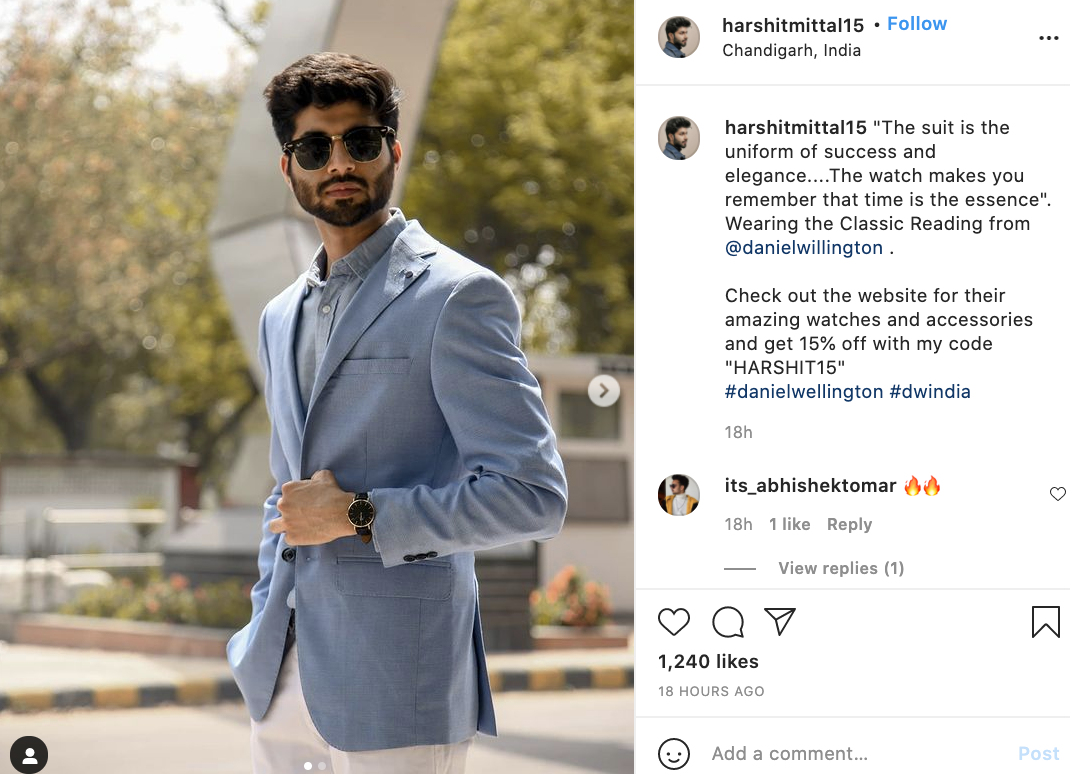
Take inspiration from Swedish watch brand Daniel Wellington (@danielwellington), which grew a small investment into a multi-million dollar business by partnering with micro-influencers. The brand identified key personas whose social feeds focused on fashion, lifestyle, and photography. Chosen micro-influencers were sent a free watch in exchange for a photo on their feed accompanied by a tag and a hashtag #danielwellington. Each influencer has their own unique discount code to encourage their followers to make the purchase.
Tapping into your customer base is a great way to take the micro-influencer approach but make it your own. Your customers already have positive experiences with your brand, making their posts more authentic than hiring just any influencer. Invite them to post about your products on Instagram and reach a whole new community of potential customers. Each tag also gives you user-generated content that you can repost on your feed.
When inviting a subscriber to be your influencer, don’t forget to make it personal. Use a customized subject line and email body that speaks directly to them. This makes the invite seem exclusive rather than a mass email forwarded to everyone.
3. Incentivize Newsletter Subscriptions
What can your followers get out of subscribing to your newsletter? Well, if you’re doing email marketing right, it means they’ll unlock exclusive content or be the first to know about upcoming sales. You simply need to tell your followers what incentives they should expect after they subscribe. You can do this by sharing a preview in your Instagram Stories or posting a simple graphic on your grid.
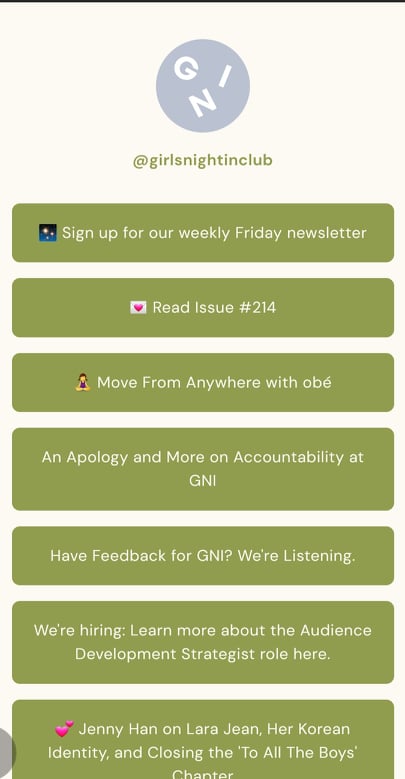
The Girl’s Night in (@girlsnightinclub) community promotes their newsletter on their linktr.ee, and their Instagram bio talks about how they send a weekly newsletter about self-care, including articles, books, recipes, and products. Another option could be to include a link in your bio to your email newsletter sign-up.
Another creative idea that can yield more newsletter sign-ups is to create a contest and have subscribing to your newsletter as one of the criteria to enter. Contests and freebies, like free products, webinars, or even free informational online courses, are opportunities to drive more sign-ups and make your marketing channels work together.
Bonus tip: Use a workflow app to help you effectively plan out your campaign tasks and deliverables and ensure that you don’t miss out on a single email or post.
4. Use Instagram as a Teaser
Use Instagram as a platform for snackable content and utilize your email for the full meal. On Instagram, it’s important to tell your story through images that capture your audience’s attention in as few words as possible. Your newsletter is where you can let loose and tell longer stories.
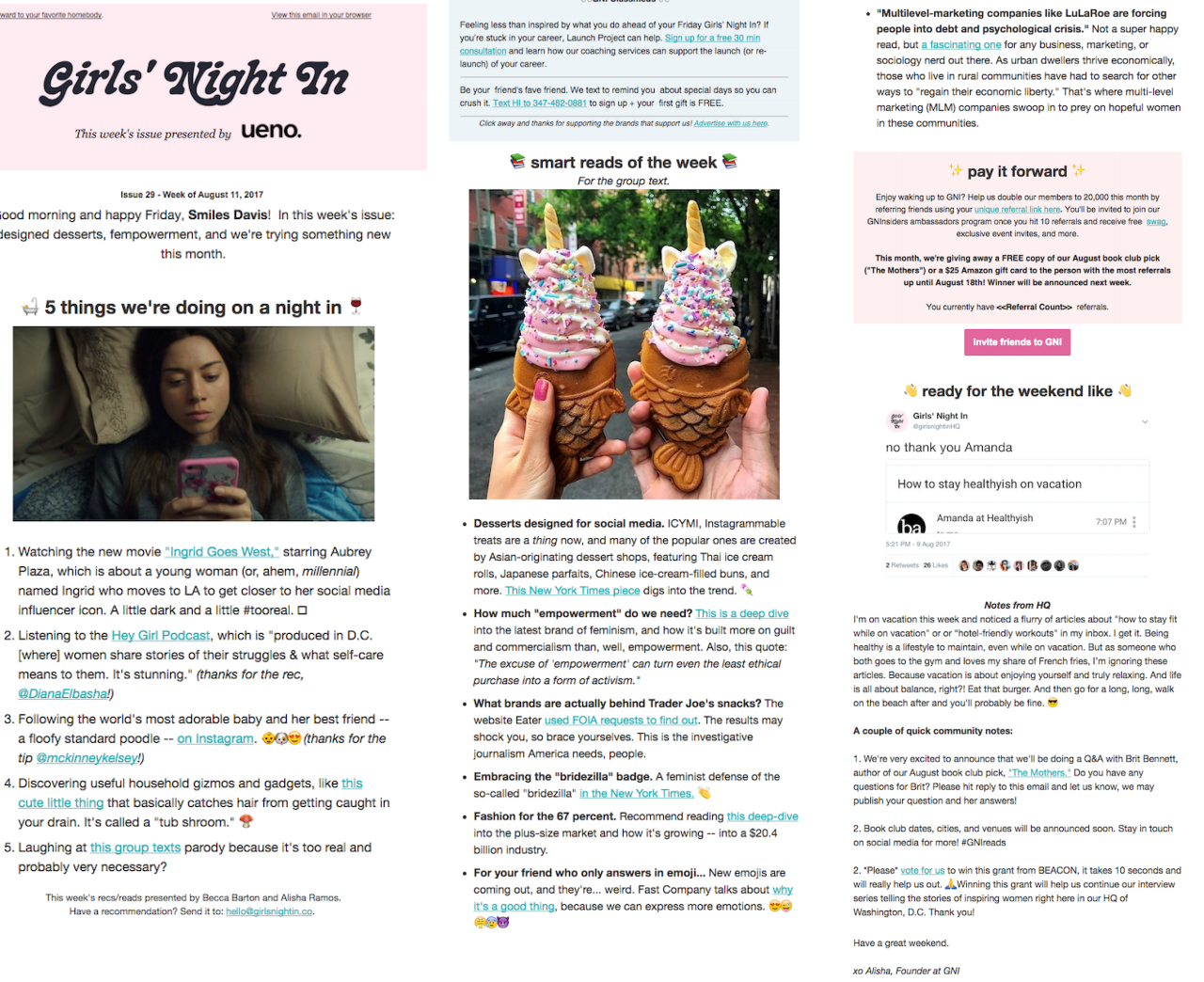
The Girl’s Night in Instagram feed is filled with fun images, quotes, and short captions — just a teaser of what to expect when you subscribe to their newsletter. The community is known for their unapologetically long emails, which their 200,000 subscribers love.
Let your Instagram followers know that they can enjoy more of your content via email. Make them feel that subscribing to your newsletter is like being part of an exclusive community. While reusing content on Instagram for email and vice versa is certainly helpful, it’s important to have content that’s exclusively made for each platform. This way, your customers will be more inclined to follow you on all channels to ensure that they are not missing out on anything.
Final thoughts
There’s no denying that Instagram and email are two completely different platforms. After all, email is now over 50 years old, while Instagram has only been around for a decade. But the age difference doesn’t mean that they cannot work together. In fact, to get the best results, they should work together.
When email and Instagram work together, you’ll be able to build a personal customer base that’s more engaged, and you’ll see quicker returns. Let these tips help you craft your next campaign!
Author:
Denise Langenegger is part of the team at Instasize, a content creation toolkit for anyone editing photos and online content on mobile.

